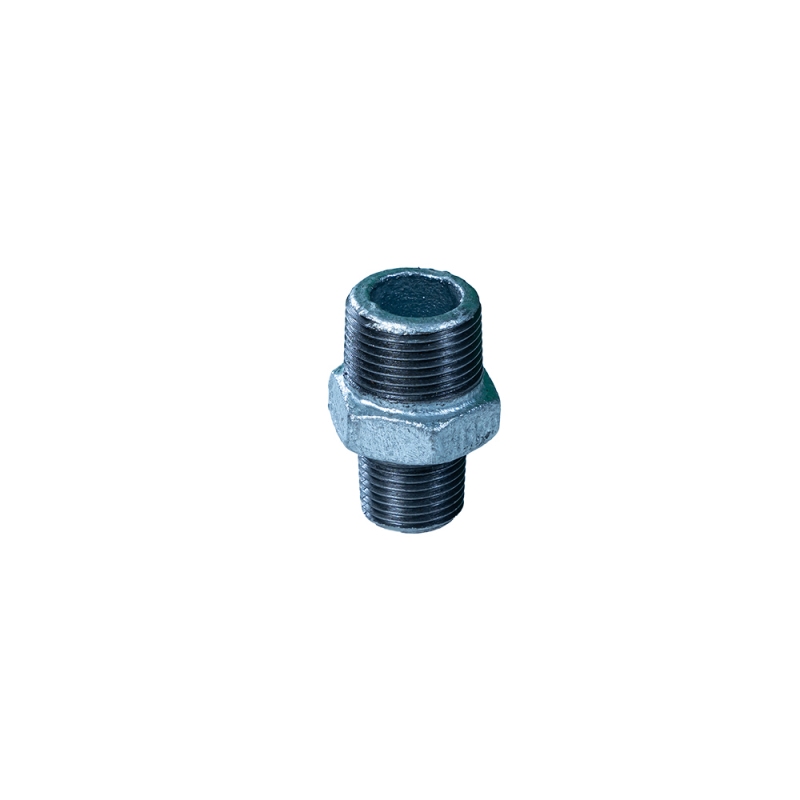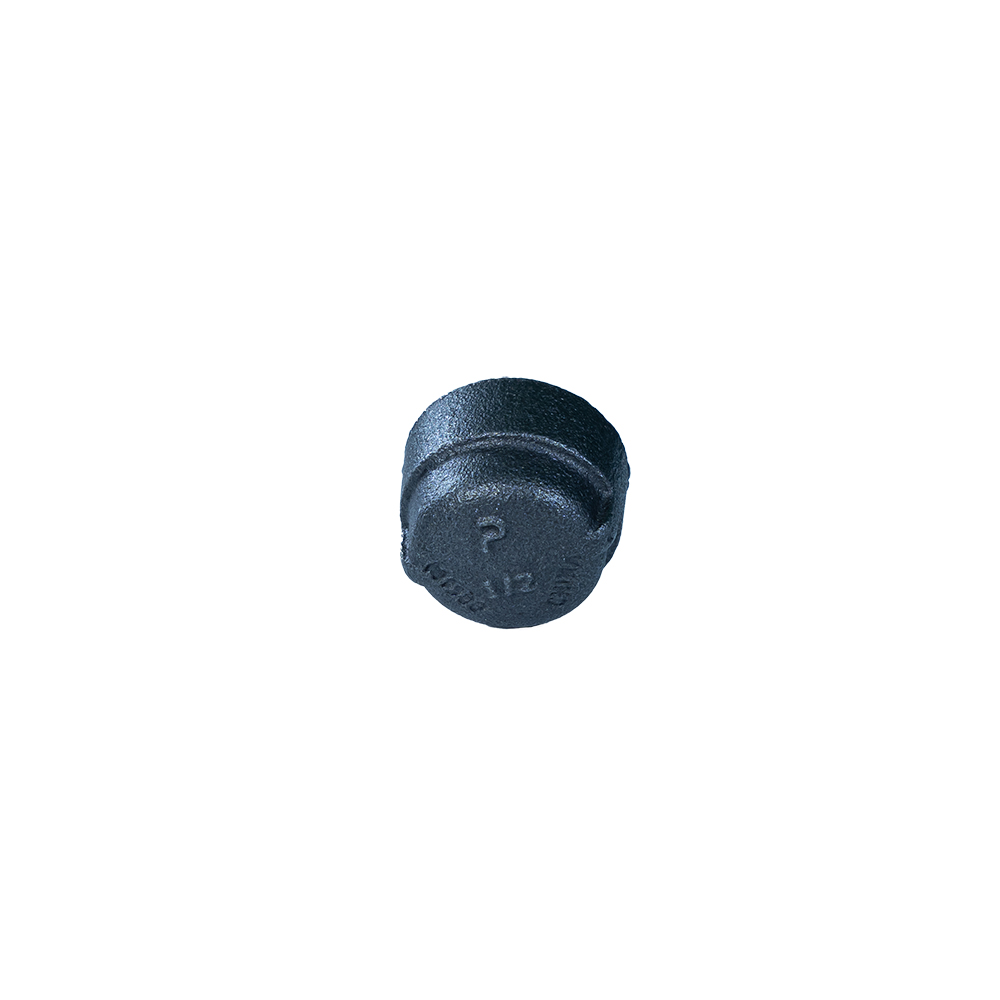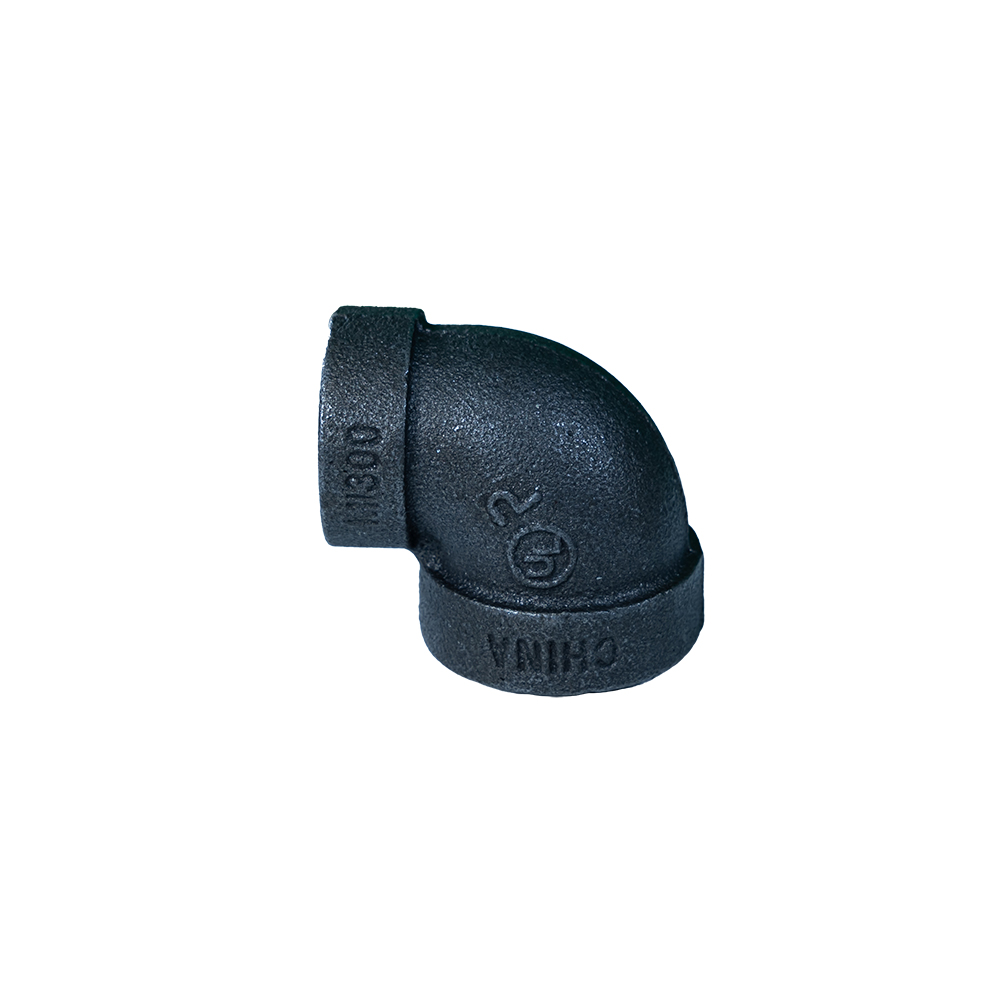Understanding 1/2 Black Iron Pipe Fittings and Their Global Significance
If you've ever peeked under the hood of industrial plumbing or glanced at a heating system setup, there's a solid chance you came across 1/2 black iron pipe fittings. These little unsung heroes form the backbone of countless piping systems around the world, ensuring that fluids and gases move safely and efficiently. But beyond their basic mechanical function, the global relevance of these fittings runs deeper — touching on infrastructure resilience, humanitarian aid effectiveness, and manufacturing innovation.
Globally, as urban populations surge and industrial demands intensify, reliable pipe fittings like these become essential for maintaining water supply systems, gas distribution, and even firefighting infrastructure. Amid this backdrop, understanding the benefits and practicalities of these fittings is crucial for engineers, planners, and logisticians alike — especially when working in challenging environments or emerging economies.
Why the World Depends on 1/2 Black Iron Pipe Fittings
As per data from the United Nations Department of Economic and Social Affairs, the urban global population surpassed 56% in 2023, increasing demand for robust infrastructure. The World Bank notes that nearly 66% of urban infrastructure investment globally involves plumbing and piping systems. 1/2 black iron pipe fittings play a vital role here – with steel as the preferred material in heavy-duty systems due to its durability and safety features.
However, there’s a challenge: many developing regions face shortages of quality piping components, often compromising system integrity. The use of standard, durable fittings like these helps bridge such gaps by providing a cost-effective, reliable solution that technicians can easily source and install in diverse settings — from mega cities to remote industrial sites.
Mini takeaway: Globally, black iron pipe fittings are a quiet but critical piece of the infrastructure puzzle, balancing cost and performance under growing pressures.
What Exactly Are 1/2 Black Iron Pipe Fittings?
At its core, a 1/2 black iron pipe fitting is a connector that joins half-inch black iron pipes — commonly used in natural gas, steam, and water pipelines. "Black iron" refers to carbon steel pipes coated to prevent rusting but notably not galvanized, which means they have a matte black finish.
These fittings come in various types: elbows, tees, couplings, nipples, and reducers — each serving distinct roles in directing flow, changing pipe diameter, or extending runs. Their robust build and compatibility with threaded connections make them a go-to choice in industrial and residential applications alike, from HVAC systems to fire sprinkler setups.
In humanitarian contexts — such as disaster response or refugee camp setups — their straightforward installation and dependable strength make these fittings invaluable. They help establish essential water or gas lines quickly and securely, directly impacting safety and quality of life.
Core Components Affecting Their Performance
Durability
The high carbon content and iron base confer substantial strength to these fittings. They withstand internal pressure and environmental wear without cracking or deforming easily. The black oxide coating provides a measure of corrosion resistance, though they do require protective measures in wet environments.
Ease of Installation
Because these fittings use threaded connections, they don't require welding or specialized adhesives — a plus when time or skilled labor are limited. This also facilitates easier maintenance or reconfiguration of systems.
Cost Efficiency
When stacked against more exotic alternatives like copper or stainless steel fittings, 1/2 black iron options land on the affordable end. This makes them especially attractive for large-scale projects needing thousands of fittings.
Scalability
Their standardized sizes and shapes make scaling any piping network straightforward. Need to expand an industrial gas line or retrofit an old water system? Just grab more matching fittings.
Safety
Black iron fittings ensure containment of gases and liquids without leaks when properly installed, reducing risk of hazards like gas buildup or water damage.
Mini takeaway: A mix of durability, user-friendliness, and affordability keeps these fittings relevant worldwide, in applications big and small.
Where Are These Fittings Making a Difference Today?
The global industrial boom—with hubs across Asia, the Middle East, and North America—relies heavily on black iron pipe fittings. Particularly, the petrochemical sector in the Gulf Cooperation Council (GCC) countries uses these for their gas lines, capitalizing on their strength under pressure.
Humanitarian agencies use them extensively in refugee camps across sub-Saharan Africa and Southeast Asia, where rapid deployment of water supply and sanitation infrastructure is critical.
Meanwhile, emerging markets in Latin America incorporate these fittings in affordable housing projects, combining cost constraints and durability needs.
In disaster relief situations, the modular nature of these fittings supports quick repairs of broken lines, preventing greater crises.
Simple Product Specification Table
| Specification | Details |
|---|---|
| Material | Black Carbon Steel (Mild Steel) |
| Pipe Size | 1/2 inch nominal diameter |
| Thread Type | NPT (National Pipe Thread) |
| Coating | Black Oxide (Anti-corrosive) |
| Operating Pressure | Up to 300 psi (varies by fitting type) |
| Temperature Range | -20°C to 200°C (-4°F to 392°F) |
How Do Leading Vendors Stack Up?
| Vendor | Product Range | Pricing | Global Shipping | Customer Support |
|---|---|---|---|---|
| PanNext Fittings | Extensive (All standard sizes) | Competitive bulk rates | Worldwide express options | 24/7 technical support |
| IronWorks Global | Moderate (Popular sizes only) | Mid-tier pricing | Limited international | Business hours support |
| SteelCraft Solutions | Wide (Includes specialty alloys) | Premium pricing | Global with delays | Dedicated account managers |
Why Choose 1/2 Black Iron Pipe Fittings? Advantages and Lasting Value
- Cost-Effectiveness: For projects with tight budgets, these fittings deliver reliable performance without breaking the bank.
- Longevity: When properly maintained, black iron fittings can last decades, minimizing replacement costs and operational downtime.
- Sustainability: Steel is recyclable and widely reused. Many suppliers now offer fittings with lower carbon footprints, aligning with global eco-trends.
- Safety: Strong containment reduces leak risks, contributing to safer industrial and domestic environments.
- Trust and Familiarity: Installed in millions of buildings and plants, they come with decades of engineering data and best practice guidelines, instilling confidence.
What's Next? Innovations & Trends Shaping the Industry
Oddly enough, the black iron pipe fittings scene isn't as 'black-and-white' as the name suggests — there’s growing momentum toward coatings that enhance corrosion resistance and reduce maintenance. Manufacturers explore eco-friendly surface treatments and automated threading machines that cut lead times dramatically.
Digital transformation also nudges this hardware sector forward: smart sensors embedded at key joints for pressure and leak detection are no longer sci-fi dreams but pilot products. Such technologies boost safety and reduce emergency repair costs.
Of course, material science progresses too — alloy-enhanced options aimed at higher-temperature or higher-pressure systems look promising. Coupled with stricter ISO regulations on quality and environmental impact, the next decade could see black iron fittings more adaptable and greener than ever.
Facing the Challenges, Finding Solutions
The main issue with black iron fittings is their tendency to rust when exposed to moisture if left unprotected — a significant problem in humid or corrosive environments. That said, smart engineers recommend applying external coatings or combining black iron with galvanized components depending on context.
Another hurdle is installation errors — poorly threaded connections can cause leaks. Training programs and supplier support like those from PanNext Fittings help address this.
Lastly, logistical bottlenecks can delay urgent projects, especially in remote zones. Innovative inventory management and regional distribution centers are reducing shipping times globally.
FAQs: Your Quick Guide to 1/2 Black Iron Pipe Fittings
- Q: What makes 1/2 black iron pipe fittings preferable for gas lines?
- A: Their strength and ability to form tight, threaded seals reduce gas leak risks, making them safer and more dependable than many plastic alternatives.
- Q: Can these fittings be reused if dismantled?
- A: Generally, yes. If threads remain intact and undamaged, they can be cleaned and reused, though new sealants should be applied during reassembly.
- Q: Are these fittings suitable for outdoor installations?
- A: They are, provided you use anti-rust coatings or weatherproofing measures, as exposure to rain and humidity can accelerate corrosion.
- Q: How do I ensure I get the right fitting size and type?
- A: Measure the nominal pipe diameter you’re connecting (here, 1/2 inch), then select a fitting type that matches your system design, whether elbow, tee, or coupling.
- Q: Is it possible to order custom fittings if my project requires it?
- A: Many suppliers, including PanNext Fittings, offer custom fittings to suit specialized needs—just contact their technical team for consultation.
Wrapping It Up: Why 1/2 Black Iron Pipe Fittings Still Matter
When it comes down to reliability, affordability, and adaptability, 1/2 black iron pipe fittings continue to be a cornerstone of piping infrastructure worldwide. They help sustain critical industrial processes, empower humanitarian projects, and enable futures of greener and smarter pipeline technologies.
For anyone involved in plumbing, construction, or supply chain management, knowing your fittings is knowing your foundation. So, next time you need a tough but budget-friendly connection solution, check PanNext Fittings — it might just make all the difference.
Mini takeaway: These fittings aren’t just parts; they're enablers of growth, safety, and sustainability in a complex world.
References
Post time: Nov-22-2025









